
Ronald Linn Rivest is a cryptographer and computer scientist whose work has spanned the fields of algorithms and combinatorics, cryptography, machine learning, and election integrity. He is an Institute Professor at the Massachusetts Institute of Technology (MIT), and a member of MIT's Department of Electrical Engineering and Computer Science and its Computer Science and Artificial Intelligence Laboratory.
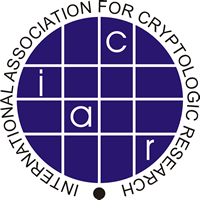
The International Association for Cryptologic Research (IACR) is a non-profit scientific organization that furthers research in cryptology and related fields. The IACR was organized at the initiative of David Chaum at the CRYPTO '82 conference.
Cryptomathic is a software company specializing in the area of cryptography for e-commerce security systems. The company develops secure software for the financial and governmental industries. It focuses especially on developing back-end solutions using hardware security modules.

Vincent Rijmen is a Belgian cryptographer and one of the two designers of the Rijndael, the Advanced Encryption Standard. Rijmen is also the co-designer of the WHIRLPOOL cryptographic hash function, and the block ciphers Anubis, KHAZAD, Square, NOEKEON and SHARK.
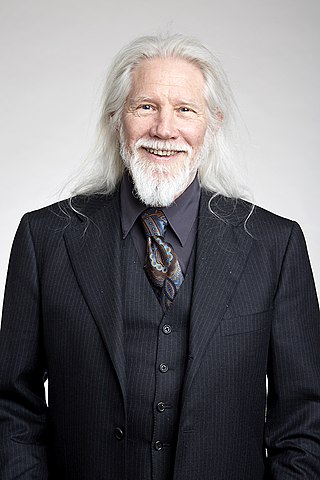
Bailey Whitfield 'Whit' Diffie, ForMemRS, is an American cryptographer and mathematician and one of the pioneers of public-key cryptography along with Martin Hellman and Ralph Merkle. Diffie and Hellman's 1976 paper New Directions in Cryptography introduced a radically new method of distributing cryptographic keys, that helped solve key distribution—a fundamental problem in cryptography. Their technique became known as Diffie–Hellman key exchange. The article stimulated the almost immediate public development of a new class of encryption algorithms, the asymmetric key algorithms.

Clifford Christopher Cocks is a British mathematician and cryptographer. In 1973, while working at the United Kingdom Government Communications Headquarters (GCHQ), he invented a public-key cryptography algorithm equivalent to what would become the RSA algorithm.
Scott A. Vanstone was a mathematician and cryptographer in the University of Waterloo Faculty of Mathematics. He was a member of the school's Centre for Applied Cryptographic Research, and was also a founder of the cybersecurity company Certicom. He received his PhD in 1974 at the University of Waterloo, and for about a decade worked principally in combinatorial design theory, finite geometry, and finite fields. In the 1980s he started working in cryptography. An early result of Vanstone was an improved algorithm for computing discrete logarithms in binary fields, which inspired Don Coppersmith to develop his famous exp(n^{1/3+ε}) algorithm.
Lars Ramkilde Knudsen is a Danish researcher in cryptography, particularly interested in the design and analysis of block ciphers, hash functions and message authentication codes (MACs).
Malcolm John Williamson was a British mathematician and cryptographer. In 1974 he developed what is now known as Diffie–Hellman key exchange. He was then working at GCHQ and was therefore unable to publicise his research as his work was classified. Martin Hellman, who independently developed the key exchange at the same time, received credit for the discovery until Williamson's research was declassified by the British government in 1997.
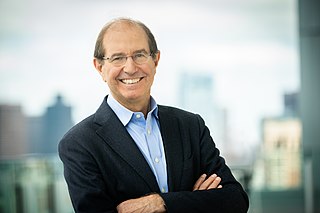
Silvio Micali is an Italian computer scientist, professor at the Massachusetts Institute of Technology and the founder of Algorand, a proof-of-stake blockchain cryptocurrency protocol. Micali's research at the MIT Computer Science and Artificial Intelligence Laboratory centers on cryptography and information security.
Ivan Bjerre Damgård is a Danish cryptographer and currently a professor at the Department of Computer Science, Aarhus University, Denmark.

Gustavus J. Simmons is a retired cryptographer and former manager of the applied mathematics Department and Senior Fellow at Sandia National Laboratories. He worked primarily with authentication theory, developing cryptographic techniques for solving problems of mutual distrust and in devising protocols whose function could be trusted, even though some of the inputs or participants cannot be. Simmons was born in West Virginia and was named after his grandfather, a prohibition officer who was gunned down three years before Gustavus was born. He began his post-secondary education at Deep Springs College, and received his Ph.D in mathematics from the University of New Mexico, Albuquerque.
Mihir Bellare is a cryptographer and professor at the University of California San Diego. He holds a Bachelor of Science degree from Caltech and a Ph.D. from Massachusetts Institute of Technology. He has published several seminal papers in the field of cryptography, many of which were co-written with Phillip Rogaway. Bellare has published a number of papers in the field of Format-Preserving Encryption. His students include Michel Abdalla, Chanathip Namprempre, Tadayoshi Kohno and Anton Mityagin. Bellare is one of the authors of skein.
Nigel Smart is a professor at COSIC at the Katholieke Universiteit Leuven and Chief Academic Officer at Zama. He is a cryptographer with interests in the theory of cryptography and its application in practice.
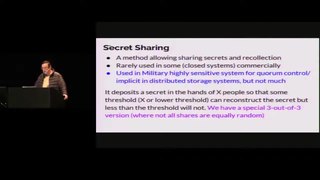
Mordechai M. "Moti" Yung is a cryptographer and computer scientist known for his work on cryptovirology and kleptography.
Department of Computer Science at Aarhus University is with its 1000 students the largest Computer Science Department in Denmark. Earlier, the department abbreviation was 'DAIMI’, but after a restructure and internationalization, the abbreviation of the department became CS AU, short for Department of Computer Science, Aarhus University.

Tal Rabin is a computer scientist and Professor of Computer and Information Science at the University of Pennsylvania. She was previously the head of Research at the Algorand Foundation and the head of the cryptography research group at IBM's Thomas J. Watson Research Center.
Jan Leonhard Camenisch is a Swiss research scientist in cryptography and privacy and is currently the CTO of DFINITY. He previously worked at IBM Research – Zurich, Switzerland and has published over 100 widely cited scientific articles and holds more than 70 U.S. patents.
Ran Canetti is a professor of Computer Science at Boston University. and the director of the Check Point Institute for Information Security and of the Center for Reliable Information System and Cyber Security. He is also associate editor of the Journal of Cryptology and Information and Computation. His main areas of research span cryptography and information security, with an emphasis on the design, analysis and use of cryptographic protocols.
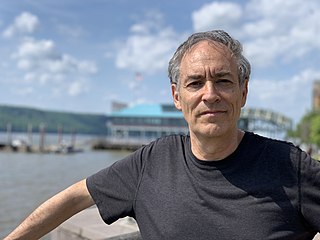
Hugo Krawczyk is an Argentine-Israeli cryptographer best known for co-inventing the HMAC message authentication algorithm and contributing in fundamental ways to the cryptographic architecture of central Internet standards, including IPsec, IKE, and SSL/TLS. In particular, both IKEv2 and TLS 1.3 use Krawczyk’s SIGMA protocol as the cryptographic core of their key exchange procedures. He has also contributed foundational work in the areas of threshold and proactive cryptosystems and searchable symmetric encryption, among others.










